Remove wallpaper from plaster walls
skyren
12 years ago
Featured Answer
Comments (15)
columbusguy1
12 years agomainegrower
12 years agoRelated Professionals
Manchester Kitchen & Bathroom Designers · Riviera Beach Kitchen & Bathroom Designers · Schenectady Kitchen & Bathroom Designers · Southampton Kitchen & Bathroom Designers · Saint Charles Kitchen & Bathroom Designers · Covington Kitchen & Bathroom Designers · Beach Park Kitchen & Bathroom Remodelers · Broadlands Kitchen & Bathroom Remodelers · Deerfield Beach Kitchen & Bathroom Remodelers · Gardner Kitchen & Bathroom Remodelers · Port Arthur Kitchen & Bathroom Remodelers · Salinas Kitchen & Bathroom Remodelers · Palos Verdes Estates Architects & Building Designers · Saint James Architects & Building Designers · Washington Architects & Building Designersskyren
12 years agomainegrower
12 years agobrickeyee
12 years agoks_toolgirl
12 years agobrickeyee
12 years agogoldencreek
12 years agociv_IV_fan
12 years agolazy_gardens
12 years agoskyren
12 years agoChristopher Nelson Wallcovering and Painting
12 years agoks_toolgirl
12 years agokate7049
8 years ago
Related Stories
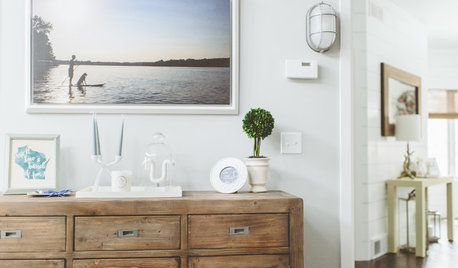
DECORATING GUIDESStep Away From the Wallpaper: Why Decorating Risks Are Overrated
Want to find your signature style? Try staying inside your comfort zone
Full Story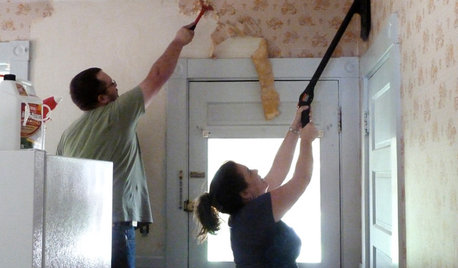
DECORATING GUIDESHow to Remove Wallpaper in 4 Steps
Learn the best way to remove wallpaper with only water (and elbow grease) so your next wall treatment will look great
Full Story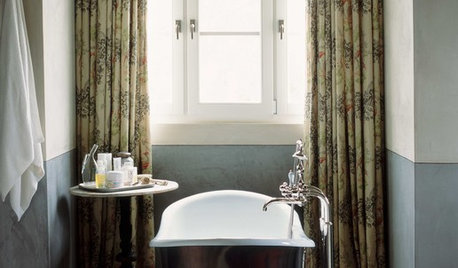
WALL TREATMENTSSurface Smarts: Venetian Plaster
Centuries-old Venetian plaster has made a roaring comeback in modern interiors. Could this old-world wall favorite work in your home?
Full Story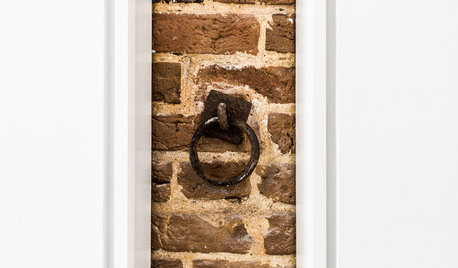
LIFEYou Said It: ‘Rather Than Remove Them, They Framed Them’
Design advice, inspiration and observations that struck a chord this week
Full Story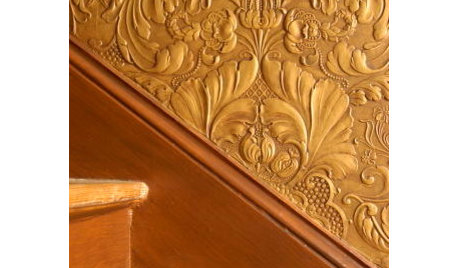
DECORATING GUIDESBrush Up on Paintable Wallpaper for a Posh Look
Customize your wall treatments the affordable way, with richly textured wallpaper painted any color you like
Full Story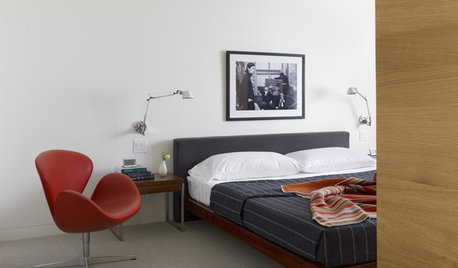
DECORATING GUIDESFrom the Pros: How to Paint Interior Walls
A slapdash approach can lower a room's entire look, so open your eyes to this wise advice before you open a single paint can
Full Story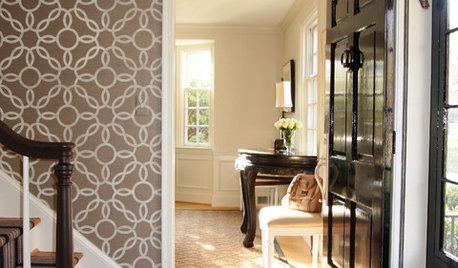
DECORATING GUIDESExpert Talk: Entryway Wallpaper Ushers In Style
Set the right tone from the first step inside with this insight from pro designers on how to use wallpaper in an entry hall
Full Story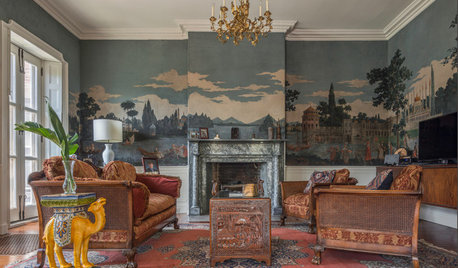
ROOM OF THE DAYRoom of the Day: New Life for Historic Wallpaper Landscapes
In a Rhode Island mansion, painstaking restoration saves lavish woodblock-printed paper scenes commissioned in the early 1800s
Full Story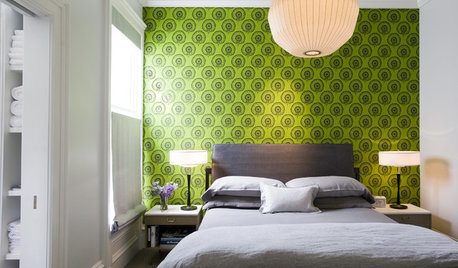
GREAT HOME PROJECTSConsidering Wallpaper? Here's How to Get Started
New project for a new year: Give your room a whole new look with the color, pattern and texture of a wall covering
Full Story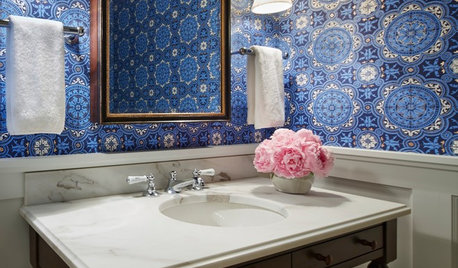
BATHROOM DESIGNYes, You Can Go Bold With Wallpaper in a Powder Room
The smallest room in the house can make the biggest design impact. Here are 10 of our favorite papered powder rooms
Full Story








daville